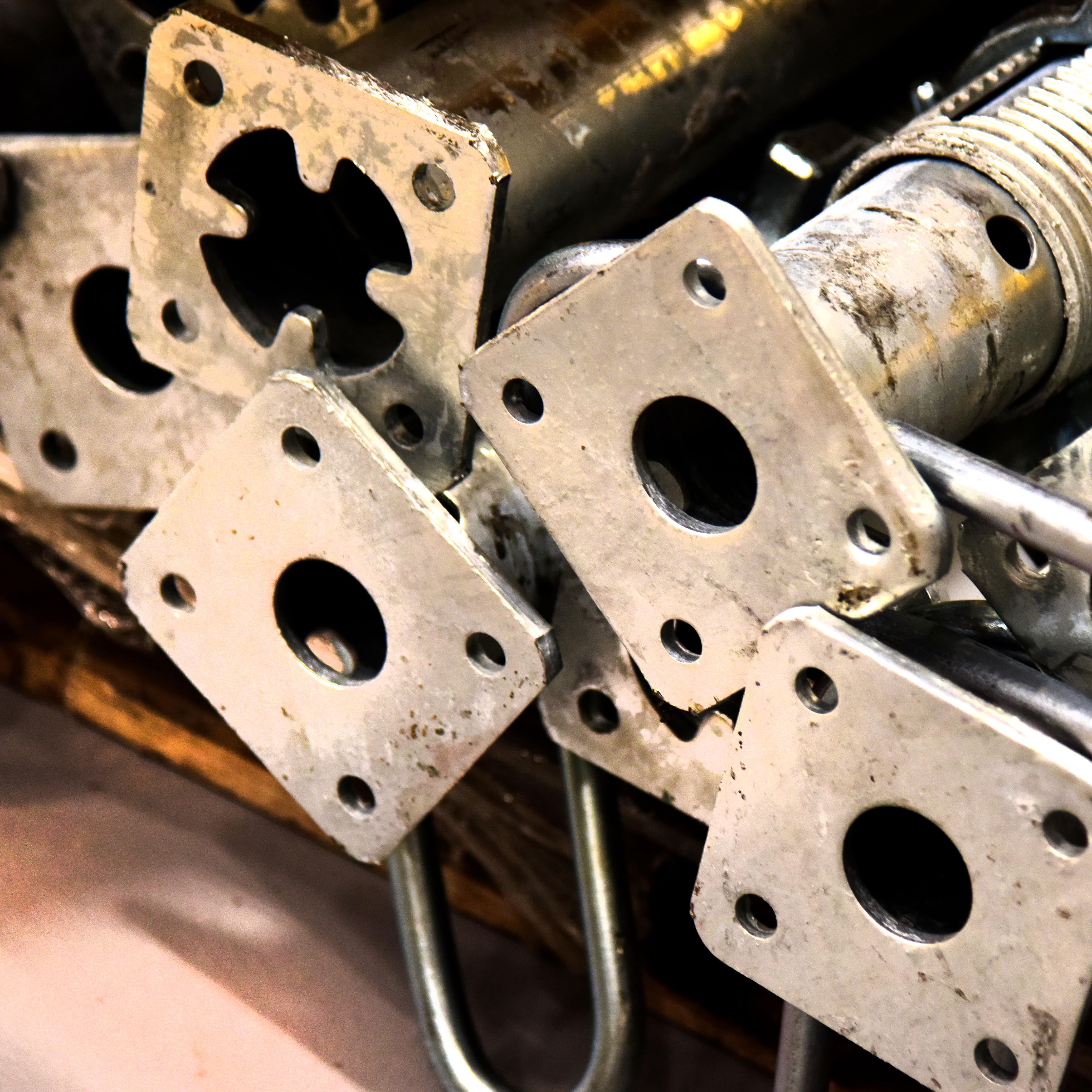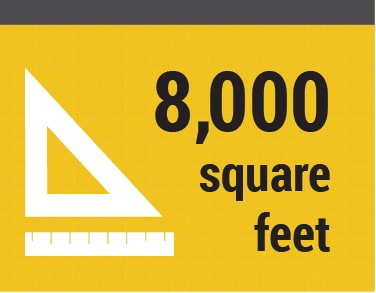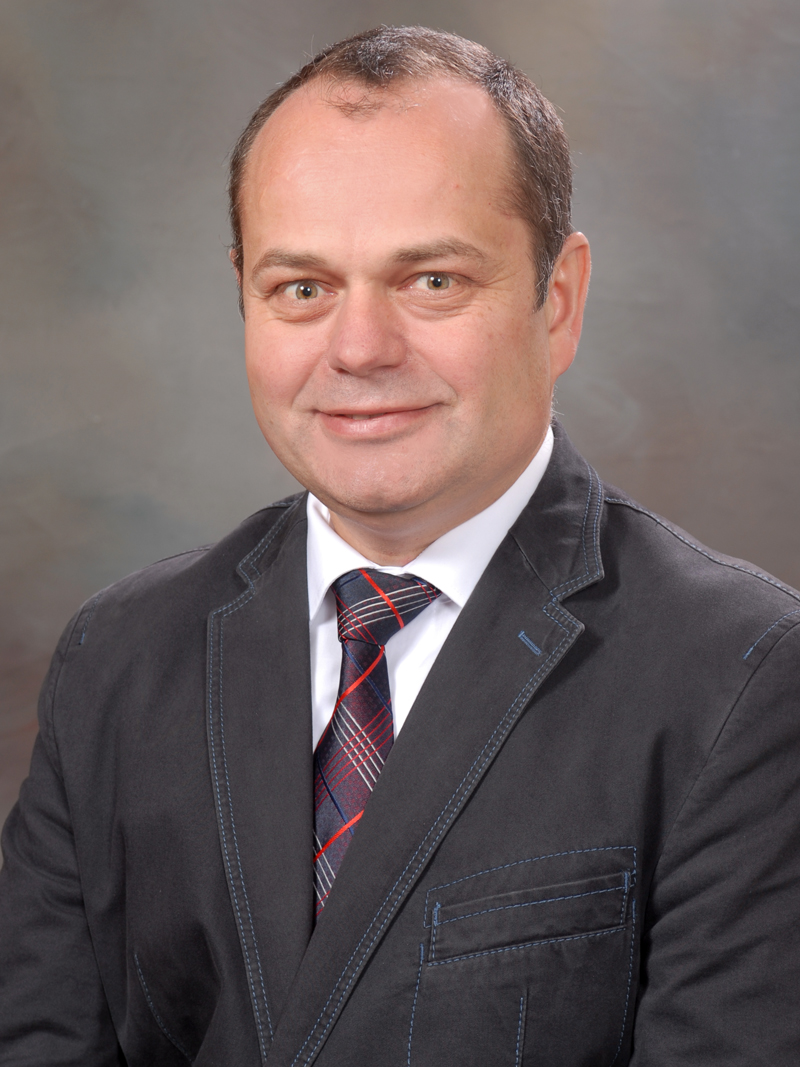Summary

The Structural and Materials Testing Lab is one of the largest, best-equipped facilities of its kind in the country. The lab’s ability to perform both full-scale, but also component and material testing, sets it apart. Most institutions must rely on numerical research with small-scale testing; but the CIR allows researchers to go one step further and conduct research on structural elements and systems similar to those put into service. Unique aspects of research performed in the Structural and Materials Testing Laboratory includes: full-scale testing of bridge support components, such as bent caps and girders; railroad rail fatigue testing under combined axial tension and bending; large-scale burst testing of service-damaged petroleum line pipe; scaffold and shoring proof-testing; seismically resilient bridge columns with sliding-rocking segmental joints; damage-resistant bridge columns using novel polymeric materials in damage-prone locations; and seismic performance assessment of structures accounting for environmental conditions and aging effects.
Research
- Seismically resilient bridge columns with sliding-rocking segmental joints.
- Damage -resistant bridge columns using novel polymeric materials in damage-prone locations.
- Novel simulation of structural damage and collapse informed by member testing to extreme strains.
- Seismic performance assessment of structures accounting for environmental conditions and aging effects.
- Structural design for seismic vibration mitigation and energy harvesting from wind vibrations.
Capabilities
- High Bay and Mid-Bay Labs:
- 3-ft thick reinforced concrete strong floor provides a 70 ft x 120 ft area for testing, with a 300 kip tie-down capacity (tension/compression) on a 3 ft x 3 ft grid.
- 8,400 square foot strong floor provides a 45 ft clear height.
- Adjacent is a 60 ft long by 40 ft tall reinforced concrete reaction wall capable of resisting a 1,000 kip load at any elevation.
- Two tandem 35-ton overhead cranes with 5-ton auxiliary hoists.
- Adjoining mid-bay lab provides 40 ft x 60 ft floor space with a 20 ton, 28 ft clear height overhead crane
- MTS Hydraulic Dynamic and Static Tension/Compression/Fatigue-Rated Actuators:
- Two 22-kip capacity actuators of 6-in. stroke.
- Two 55-kip capacity actuators of 6-in. stroke.
- Two 110-kip capacity actuators of 6-in. stroke.
- Two 220-kip capacity actuators of 30-in. stroke.
- Two actuators of 590-kip compression / 400-kip tension capacity and 20-in. stroke.
- Two actuators of 14-kip compression / 7-kip tension capacity and 12-in. stroke.
- MTS Hydraulic Loading Frames:
- 1500-kip tension/compression and fatigue-rated frame with 24-in. stroke.
- 500-kip tension/compression and fatigue-rated frame of 6-in. stroke.
- 100-kip material testing tension/compression frame with assorted grips.
- 20-kip axial precision material testing tension/compression frame with assorted grips.
- 20-kip material testing torsion-axial (tension/compression) frame with assorted grips.
- 20-kip high-frequency material testing (tension/compression) frame with assorted grips.
- Other Load Application Systems:
- Several static loading jacks are available, including three 600-kip compression rams of 48-in. stroke.
- MTS Hydraulic Pump Unit
- Two hydraulic pumps of 180 gpm capacity circulate oil at a 3000-psi pressure to supply all hydraulic actuators, loading frames, and rams.
- Digital Control and Data Acquisition Systems
- Two non-dedicated MTS Flextest controllers that can accommodate up to 6 control channels, up to 24 conditioned transducer inputs and up to 32 auxiliary data inputs.
- National Instruments data acquisition systems of 1000+ channels, allowing for signal conditioning and including automated strain gage bridge completion circuitry.
- Full-scale testing of bridge support components, such as bent caps and girders.
- Railroad rail fatigue testing under combined axial tension and bending.
- Large-scale burst testing of service-damaged petroleum line pipe.
- Scaffold and shoring proof-testing.
- Seismically resilient bridge columns with sliding-rocking segmental joints.
- Damage-resistant bridge columns using novel polymeric materials in damage-prone locations.
- Seismic performance assessment of structures accounting for environmental conditions and aging
- SUPPORT FACILITIES:
- In-house capabilities that support the SMTL include an electronics workshop and a machine fabrication shop that includes a lathe, horizontal and vertical band saws, Bridgeport vertical mills, MIG, TIG, stick-welding, water-jet table, oxyacetylene, and plasma cutting. Non-destructive examination also is available, such as dye-penetrant, magnetic particle and ultrasonic testing (both single beam and phased array).







